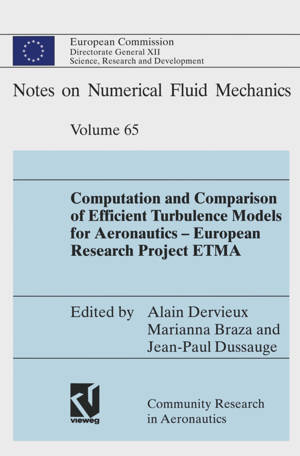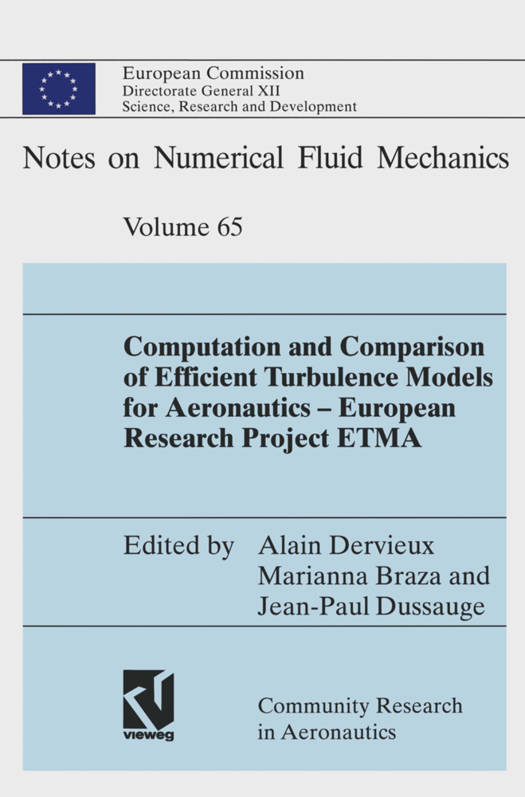
Door een staking bij bpost kan je online bestelling op dit moment iets langer onderweg zijn dan voorzien. Dringend iets nodig? Onze winkels ontvangen jou met open armen!
- Afhalen na 1 uur in een winkel met voorraad
- Gratis thuislevering in België vanaf € 30
- Ruim aanbod met 7 miljoen producten
Door een staking bij bpost kan je online bestelling op dit moment iets langer onderweg zijn dan voorzien. Dringend iets nodig? Onze winkels ontvangen jou met open armen!
- Afhalen na 1 uur in een winkel met voorraad
- Gratis thuislevering in België vanaf € 30
- Ruim aanbod met 7 miljoen producten
Zoeken
Computation and Comparison of Efficient Turbulence Models for Aeronautics -- European Research Project Etma
€ 52,95
+ 105 punten
Omschrijving
The computation of complex turbulent flows by statistical modelling has already a long history. The most popular two-equation models today were introduced in the early sev- enties. However these models have been generally tested in rather academic cases. The develope- ment of computers has led to more and more acurate numerical methods. The interactions betwe n numerical and modelling techniques are generally not well mastered. Moreover, computation of real life cases, including 3D effects, complex geometries and pressure gra- dients based on two-equation models with low-Reynolds treatment at the proximity of walls are not really of common use. A large number of models has been proposed; this is perhaps the sign that none of them is really satisfactory, and then the assessment of their generality is not an easy task: it requires a lot of understanding of the physics and a lot of work for testing the large number of relevant cases in order to assess their limits of validity which is a condition for an improved confidence in engineering applications. This is probably why workshops and working groups are frequent and the ETMA consor- tium has choosen to build a state of the art in theoretical and numerical statistical turbu- lence modelling for real life computations by taking some marks with respect to previous workshops such as the Stanford meetings (1980,1981); some problems are kept or updated by new experiments, some problems are discarded, some new problems are introduced; the focus is kept on flows with 2D geometries.
Specificaties
Betrokkenen
- Uitgeverij:
Inhoud
- Aantal bladzijden:
- 581
- Taal:
- Engels
- Reeks:
- Reeksnummer:
- nr. 5
Eigenschappen
- Productcode (EAN):
- 9783322898616
- Verschijningsdatum:
- 4/07/2012
- Uitvoering:
- Paperback
- Formaat:
- Trade paperback (VS)
- Afmetingen:
- 156 mm x 234 mm
- Gewicht:
- 820 g

Alleen bij Standaard Boekhandel
+ 105 punten op je klantenkaart van Standaard Boekhandel
Beoordelingen
We publiceren alleen reviews die voldoen aan de voorwaarden voor reviews. Bekijk onze voorwaarden voor reviews.










